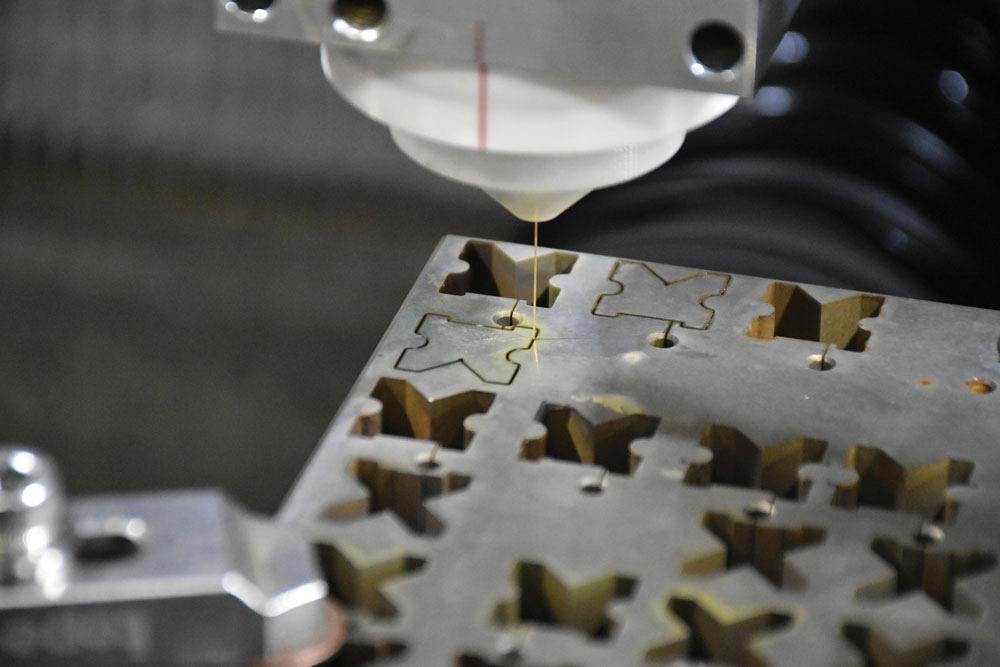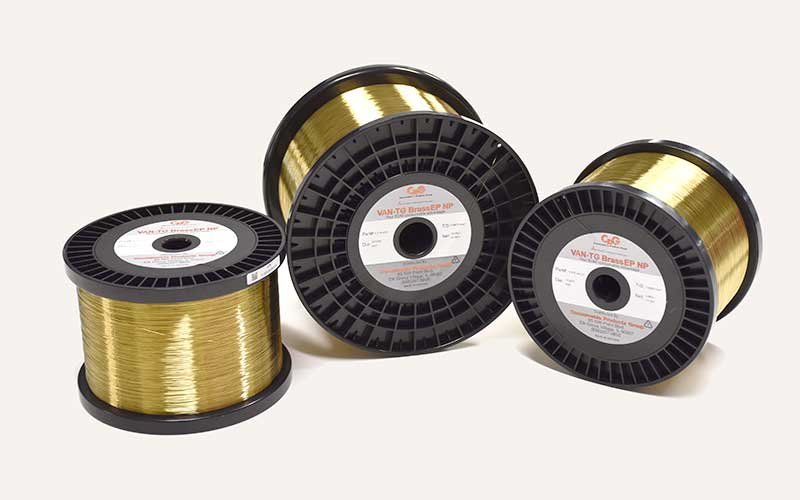3D Printing Advantages
Three-dimensional (3D) printing creates parts by building one layer at a time. This method offers many advantages over traditional manufacturing methods. The most important advantages that have attracted attention in the industry are mentioned in this article.
Although 3D printing is not expected to replace traditional manufacturing methods in the short term, it will soon find an unparalleled position in production.
Awareness and understanding of the advantages of 3D printing allow designers to carry out the design process with peace of mind, separate from the production process, and also not to worry about the complexities and limitations of construction.
3D Printing Advantages
Speed
One of the main advantages of 3D printing is the speed of production for each part compared to traditional manufacturing methods. Complex designs can be uploaded via a CAD model and printed in a few hours. The advantages of this method include the rapid process of validating and developing design ideas.
In the past, it might have taken several days or even weeks for designers to receive a prototype for the same operation, whereas additive manufacturing provides a model in a matter of hours. Even if industrial 3D printers take longer to print and perform secondary processes for part production, the advantage of production speed using additive manufacturing will be clearly visible (typically, a single mold injection alone may take weeks).
Single-Stage Manufacturing
One of the biggest concerns for a designer is how to produce a part with high efficiency. In traditional methods, most parts require a large number of production stages. The sequence and organization of these stages impact the quality and efficiency of the design. Single-stage production can be considered one of the most important advantages of 3D printing.
Consider a custom metal hook produced through traditional methods:
Similar to additive manufacturing, the process starts with a CAD model. Once the design is finalized, the initial fabrication begins with the first cutting of steel profiles to reach the desired size. Then, the profiles are positioned in the intended place and welded together at one time to form the hook. Sometimes, a custom fixture must be made to ensure all parts are correctly aligned. Next, the welded surfaces are polished to achieve a good final surface. Then, holes are drilled to allow the hook to be mounted on the wall. Finally, the hook undergoes sandblasting and painting operations to improve its appearance.
3D printers complete the manufacturing process in one stage without operator intervention. As soon as the CAD design is finalized, it can be uploaded and printed in one stage over a few hours.
The ability to produce a part in one stage significantly reduces reliance on different manufacturing processes (machining, welding, and painting) and gives designers more control over the final product.
Costs
The cost of production is divided into three categories:
- Machine Operation Costs Most 3D printer computers use an amount of power equivalent to a laptop. Industrial additive manufacturing methods consume a significant amount of energy for the production of a single piece. However, the ability to produce complex geometries in a single step leads to high efficiency. Machine operation costs usually constitute a small part of the overall cost.
- Raw Material Costs The cost of raw materials for additive manufacturing varies greatly depending on the method. FDM printers use filament rolls priced at around $25 per kilogram, while SLA printers require resins priced at about $150 per liter. The wide range of raw materials available for additive manufacturing makes a direct comparison with traditional production difficult. The nylon powders used in SLS cost about $70 per kilogram, while the nylon pellets used in injection molding can be purchased for as low as $2 to $5 per kilogram. Raw material cost is the largest part of the expenses for additive manufacturing.
- Labor Costs One of the advantages of 3D printing is the low labor cost. Secondary processes aside, most 3D printers only need an operator to press a button. The machine then completes an automatic process to produce the part. Compared to traditional manufacturing, where high-skill machining and professional operators are required, the labor costs for 3D printers are almost negligible.
Additive manufacturing is much more efficient for low-volume production compared to traditional manufacturing. Using a 3D printer for complex models is much cheaper than other manufacturing methods (e.g., injection molding) and is cost-competitive for uniform parts. As production volume increases, the cost of traditional manufacturing methods becomes more optimized, and the high equipment costs are offset by high-volume production.
Risk Reduction
Ordering a defective prototype wastes both time and money for a designer. Even minor changes in the mold or manufacturing method can have significant financial implications.
The ability to validate a design with 3D printing and review the model eliminates the risks associated with investing heavily in production equipment for modeling. This helps build confidence in a design before making significant investments required for mass production.
Complexity and Design Freedom
Traditional manufacturing limitations on what can be produced are generally not present in additive manufacturing. Since components are built one layer at a time, design needs like draft angles, undercuts, and tool access are not issues when parts are printed in 3D.
One limitation in the design process for 3D printing to consider is the printer’s resolution and the minimum printable dimensions. However, in most designs, these constraints do not pose significant problems. The majority of additive manufacturing limitations are related to optimizing the printing process to reduce support placement and the potential for process failure. This gives designers significant freedom to create complex geometries. The benefits of 3D printing in creating complexities are extensive and unmatched by traditional manufacturing methods.
Customization
3D printing not only allows for greater design freedom but also enables complete customization of designs. This concept has been embraced by the medical and dental industries for creating custom prosthetics, implants, and dental bases. From high-level sports gear designed for the perfect fit of an athlete to custom sunglasses and fashion accessories, all are produced cost-effectively and as custom parts through additive manufacturing. Mass customization is one of the most striking advantages of 3D printing.
Ease of Access
While additive manufacturing has existed for over 30 years, its most significant growth has been since 2010, due to the influx of 3D printers in the industry. This has made it easier for designers to access additive manufacturing methods.
In 2015 alone, over 278,000 3D printers priced under $5,000 were sold worldwide. Since then, the number of printers sold has doubled. Essentially, this technology is accessible and suitable for small sectors of the manufacturing industry, now reliable and cost-competitive with other methods for a wide range of industries.
Sustainability
With increasing global environmental concerns and a serious need for countries to use sustainable manufacturing and development methods, sustainability, an advantage of 3D printing, has garnered much attention. Low-cost manufacturing methods, like CNC milling or turning, remove a significant amount of material from the original piece, leading to wastage of raw materials.
Additive manufacturing typically uses only the materials needed to build a part. Most processes use renewable and reusable raw materials more than once. As a result, additive manufacturing produces very little waste material.
Remote Prototyping
The proliferation of 3D printers worldwide has also facilitated the shipment of prototypes remotely:
Since tabletop 3D printers have a relatively small learning curve for successful operations, there’s no need to send a design to a manufacturing specialist. Moreover, the space required for an additive-centered industrial production system is much smaller than that for traditional manufacturing.
For this reason, 3D printing services have emerged worldwide, even in areas where land costs are high (e.g., London or New York). The reduced transportation needs positively impact the environment. This, along with the ability to print and produce spare parts on-site, means that many components produced through additive manufacturing reduce carbon pollution.
Latest Articles in your inbox
Subscribe to our newsletter to get the newest manufacturing and industrial services articles in your inbox once a week.










